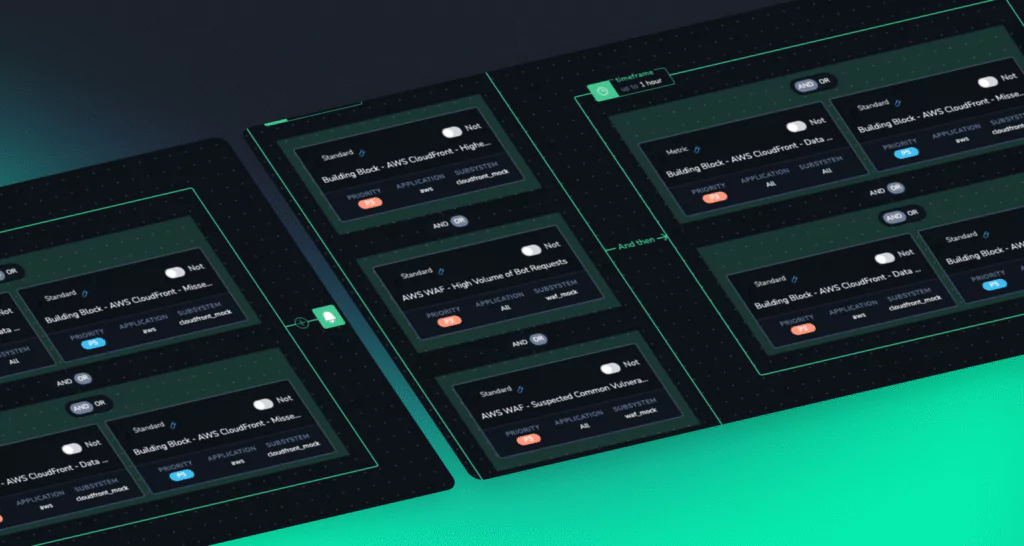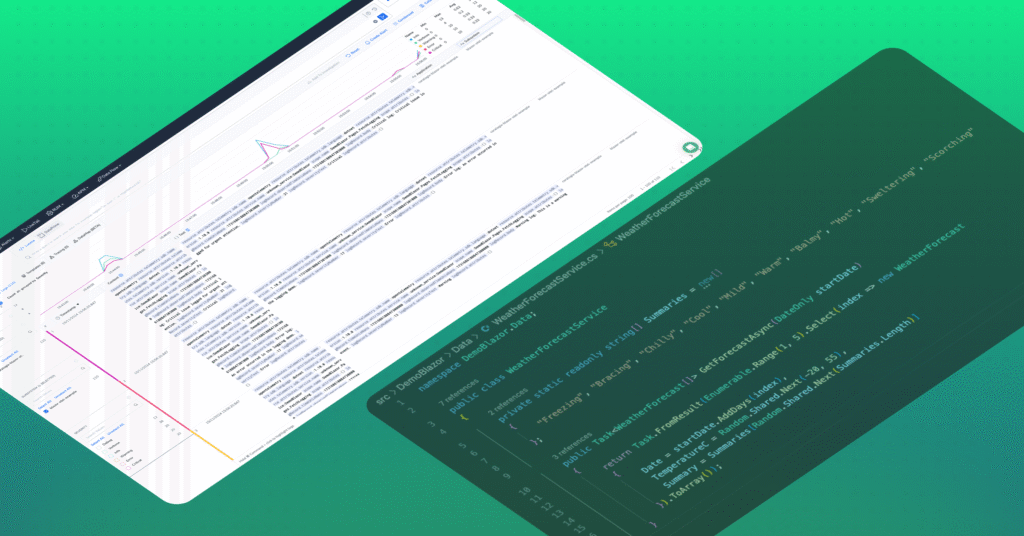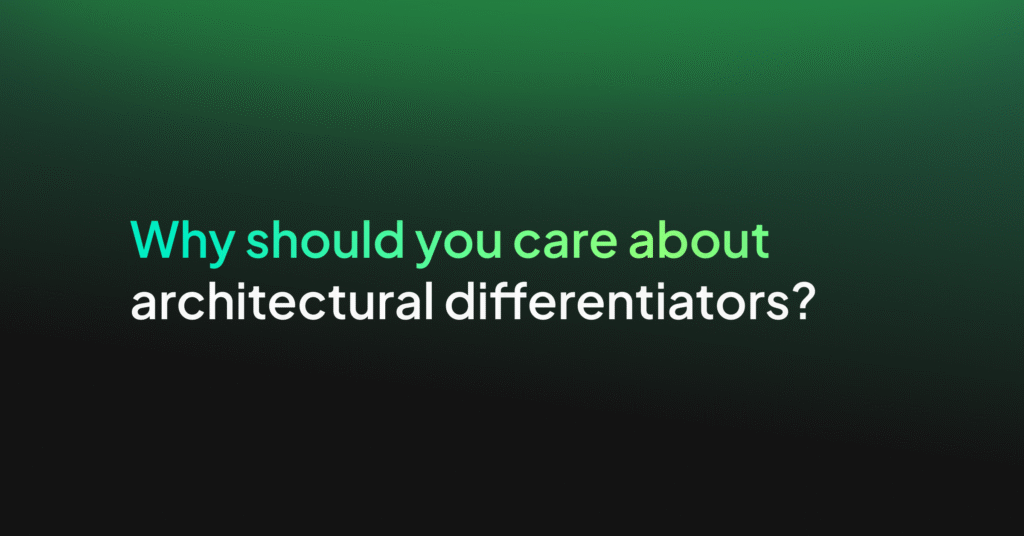What is eBPF and Why is it Important for Observability?

Observability is one of the most popular topics in technology at the moment, and that isn’t showing any sign of changing soon. Agentless log collection, automated analysis, and machine learning insights are all features and tools that organizations are investigating to optimize their systems’ observability. However, there is a new kid on the block that has been gaining traction at conferences and online: the Extended Berkeley Packet Filter, or eBPF. So, what is eBPF?
Let’s take a deep dive into some of the hype around eBPF, why people are so excited about it, and how best to apply it to your observability platform.
What came out of Cloud Week 2021?
Cloud Week, for the uninitiated, is a week-long series of talks and events where major cloud service providers (CSPs) and users get together and discuss hot topics of the day. It’s an opportunity for vendors to showcase new features and releases, but this year observability stole the show.
Application Performance Monitoring
Application Performance Monitoring, or APM, is not particularly new when it comes to observability. However, Cloud Week brought a new perception of APM: using it for infrastructure. Putting both applications and infrastructure under the APM umbrella in your observability approach not only streamlines operations but also gives you top-to-bottom observability for your stack.
Central Federated Observability
Whilst we at Coralogix have been enabling centralized and federated observability for some time (just look at our data visualization and cloud integration options), it was a big discussion topic at Cloud Week. Federated observability is vital for things like multi-cloud management and cluster management, and centralizing this just underpins one of the core tenets of observability. Simple, right?
eBPF
Now, not to steal the show, but eBPF was a big hit at Cloud Week 2021. This is because its traditional use (in security engineering) has been reimagined and reimplemented to address gaps in observability. We’ll dig deeper into what eBPF is later on!
What is eBPF – an Overview and Short History
Around 2007, the Berkeley Packet Filter (BPF) was designed to filter network packets and collect those packets based on predetermined rules. The filters took the form of programs that then run on a standard VM. However, the BPF quickly became outdated by the progression to 64-bit processors. So what is eBPF and how is it different?
It wasn’t until 2014 that the eBPF was introduced. eBPF is aligned to modern hardware standards (64-bit registers). It’s a Linux kernel technology (version 4.x and above) and allows you to bridge traditional observability and security gaps. It does this by allowing programs that assist with security and/or monitoring to continue running without having to alter the kernel source code or debug, essentially by running a virtual machine inside the kernel.
Where can you use eBPF?
As we’ve covered, eBPF isn’t brand new, but it is fairly nuanced when applied to a complex observability scenario.
Network Observability
Network observability is fundamental for any organization seeking total system observability. Traditionally, network or SRE teams would have to deploy myriad data collection tools and agents. This is because, in complex infrastructure, organizations will likely have a variety of on-premise and cloud servers from different vendors, with different code levels and operating systems for virtual machines and containers. Therefore, every variation could need a different monitoring agent.
Implementing eBPF does away with these complexities. By installing a program at a kernel level, network and SRE teams would have total visibility of all network operations of everything running on that particular server.
Kubernetes Observability
Kubernetes presents an interesting problem for observability, because of the number of kernels with different operating systems that you might be running across your system. As mentioned above, this makes monitoring things like their network usage and requirements exceptionally difficult. Fortunately, there are several eBPF applications to make Kubernetes observability a lot easier.
Dynamic Network Control
At the start, we discussed how eBPF uses predetermined rules to monitor and trace things like network performance. Combine this with network observability above, and we can see how this makes life a lot simpler. However, these rules are still constants (until they’re manually changed), which can make your system slow to react to network changes.
Cilium is an open-source project that seeks to help with the more arduous side of eBPF administration: rule management. On a packet-by-packet basis, Cilium can analyze network traffic usage and requirements and automatically adjust the eBPF rules to accommodate container-level workload requirements.
Pod-level Network Usage
eBPF can be used to carry out socket filtering at the cgroup level. So, by installing an eBPF program that monitors pod-level statistics, you can get granular information that would only normally be accessible in the /sys Linux directory. Because the eBPF program has kernel access, it can deliver more accurate information with context from the kernel.
What is eBPF best at – the Pros and Cons of eBPF for Observability
So far, we’ve explored what eBPF is and what it can mean for your system observability. Sure, it can be a great tool when utilized in the right way, but that doesn’t mean it’s without its drawbacks.
Pro: Unintrusive
eBPF is a very light touch tool for monitoring anything that runs with a Linux kernel. Whilst the eBPF program sits within the kernel, it doesn’t alter any source code which makes it a great companion for exfiltrating monitoring data and for debugging. What eBPF is great at is enabling clientless monitoring across complex systems.
Pro: Secure
As above, because an eBPF program doesn’t alter the kernel at all, you can preserve your access management rules for code-level changes. The alternative is using a kernel module, which brings with it a raft of security concerns. Additionally, eBPF programs have a verification phase that prevents resources from being over-utilized.
Pro: Centralized
Using an eBPF program gives you monitoring and tracing standards with more granular detail and kernel context than other options. This can easily be exported into the user space and ingested by an observability platform for visualization.
Con: It’s very new
Whilst eBPF has been around since 2017, it certainly isn’t battle-tested for more complex requirements like cgroup level port filtering across millions of pods. Whilst this is an aspiration for the open-source project, there is still some work to go.
Con: Linux restrictions
eBPF is only available on the newer version of Linux kernels, which could be prohibitive for an organization that is a little behind on version updates. If you aren’t running Linux kernels, then eBPF simply isn’t for you.
Conclusion – eBPF and Observability
There’s no denying that eBPF is a powerful tool, and has been described as a “Linux superpower.” Whilst some big organizations like Netflix have deployed it across their estate, others still show hesitancy due to the infancy and complexity of the tool. eBPF certainly has applications beyond those listed in this article, and new uses are still being discovered.
One thing’s for certain, though. If you want to explore how you can supercharge your observability and security, with or without tools like eBPF, then look to Coralogix. Not only are we trusted by enterprises across the world, but our cloud and platform-agnostic solution has a range of plugins and ingest features designed to handle whatever your system throws at it.
The world of observability is only going to get more complex and crowded as tools such as eBPF come along. Coralogix offers simplicity.




